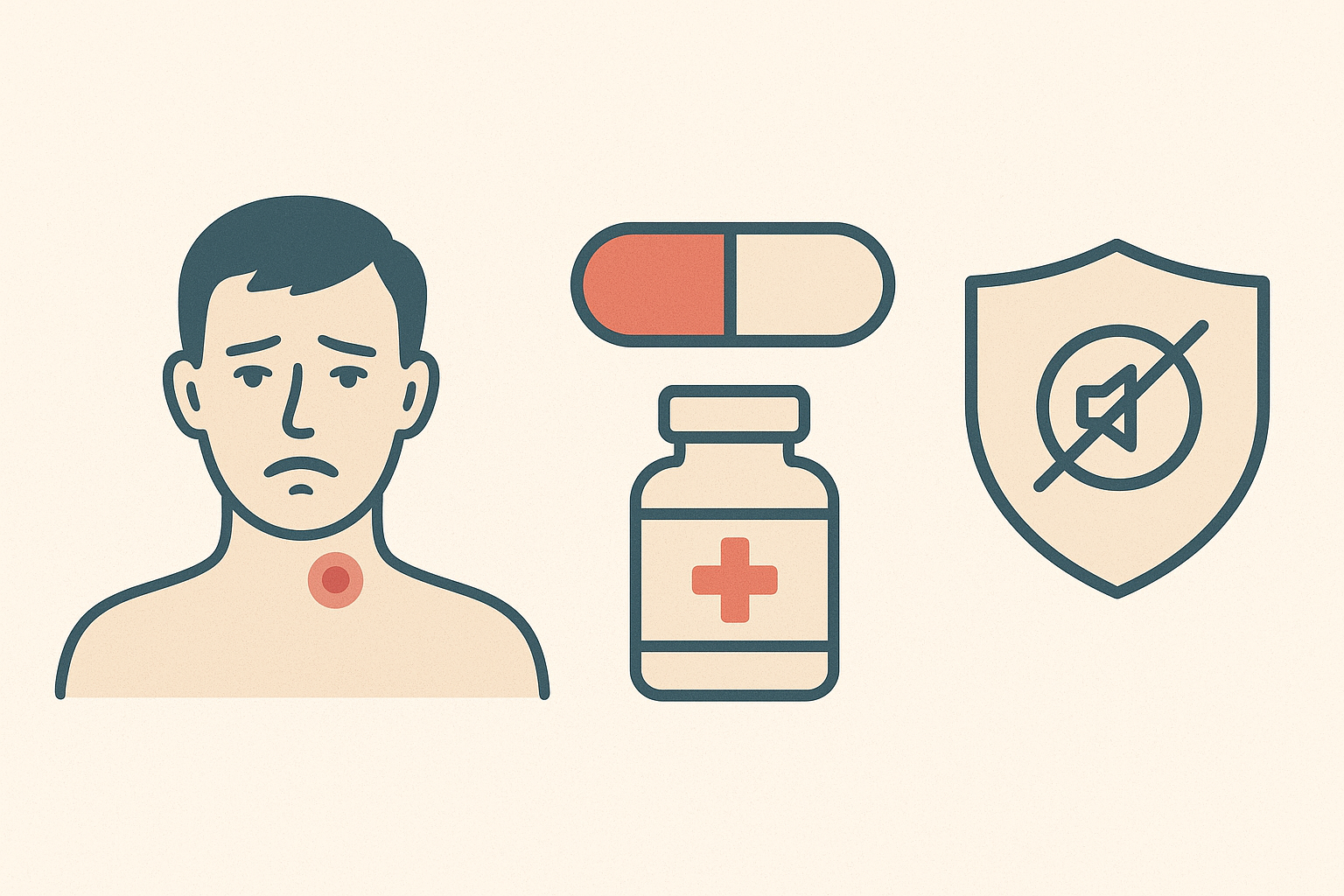
Greetings, friends! In case you haven’t figured it out, I’m talking about the brain, and today’s topic is stroke. Since 2006, October 29 has been marked as World Stroke Day at the initiative of the World Stroke Organization. This is an astonishing pathology. Our attitude toward it has surprised me for years. It seems like we’re just crazy. We’re not just talking about getting sick and dying here. We’re talking about the fact that each of us has a real chance of turning into a “vegetable.”
And yet no one seems to care. Let’s start with some statistics. Here’s some clear data. Think about it for a moment. Stroke is the second leading cause of death and, essentially, the top cause of disability. Twenty-five percent of the world’s population will experience a stroke. In our country, the numbers are even higher. We’ll discuss why that is later. But at a minimum, every fourth person watching this will have a stroke. And yet 80% of strokes can be prevented. Imagine: here is a life-threatening disease with a 25% chance that any one of us could get it, and we each have an 80% chance of avoiding it. What would you call someone who ignores those 80%? Well, never mind.
Let’s continue with the statistics. 70–80% of those who survive a stroke will remain disabled. Of those, 20% will not only be disabled but will require constant care from others. Only 10% of stroke survivors will fully recover to the point where they can resume their pre-stroke lifestyle. Over the past 30 years, the absolute number of stroke cases has increased by 70%, with stroke-related deaths rising by 43%.
Once again: these figures are so shocking that I want you to hear them. In the next 10 years, the number of people who suffer a stroke will increase by 40%. Data for Ukraine is difficult to find, so I’ll cite U.S. statistics: every 40 seconds, a stroke occurs in the U.S., and every 4 minutes, someone dies from a stroke. I’d also like to point out that the risk of stroke doubles every 10 years of your life. Additionally, around 15% of strokes today occur in people under the age of 40.
It’s clear that stroke is one of the most serious global health issues. Millions of people study it, and thousands of clinics treat it. It’s evident that people are living longer, and thus, there are more strokes. However, there are five main risk factors that we can control. I’ll list them briefly; we’ll discuss them further later. These are the factors that are always mentioned: blood pressure, high body mass index, high glucose levels, environmental pollution with particulate matter, and smoking.





